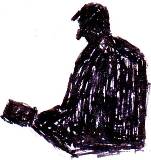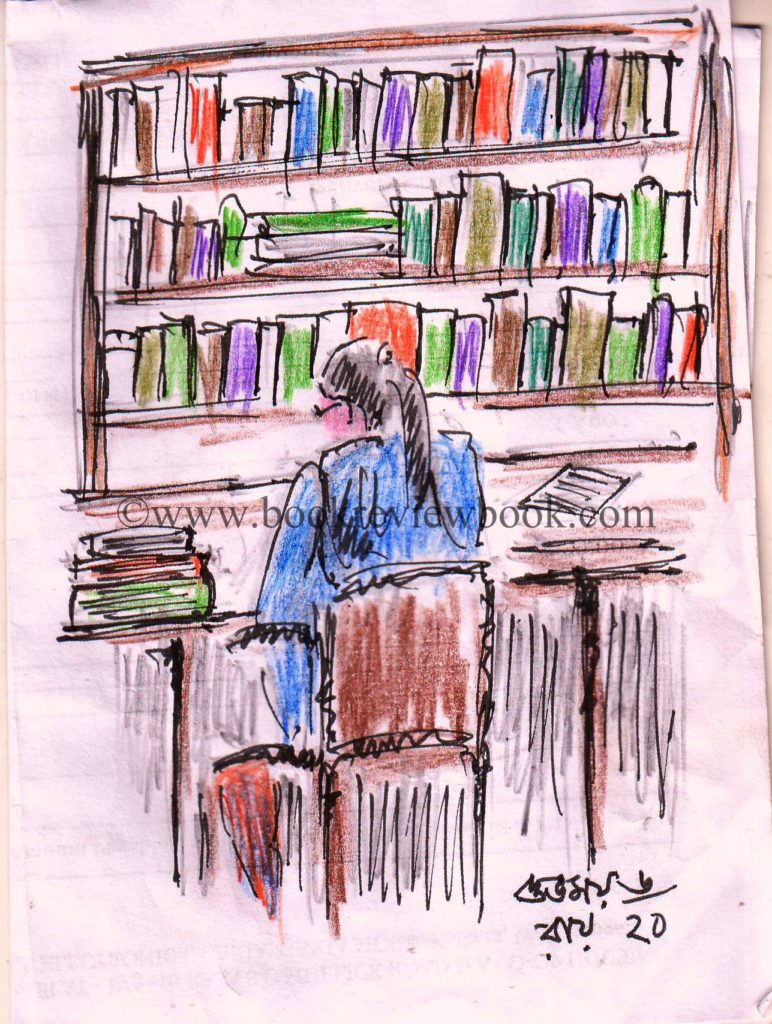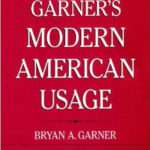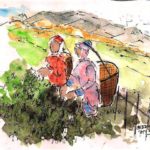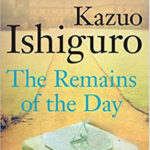Foreign Language Study
Cambridge University Press
1998
326

For English-speaking learners of the French language of the intermediate or advanced level, Marie Noëlle Lamy's The Cambridge French-English Thesaurus is an excellent handbook. This bilingual thesaurus is arranged thematically with two alphabetical indexes: English-French and French-English....
Every serious student of a foreign language knows that stage of learning a language very well when she has acquired a reasonable proficiency of the syntax and grammar of the new language she is learning, but is yet to have command over a vocabulary large enough for comfortably reading a newspaper article. The best friend of the language learner at this stage of learning when she desperately needs to add words and more words to her arsenal, is a thesaurus, preferably a bilingual thesaurus, that deals with two languages, one of which the learner knows well. But such a lexicon is a rarity and seldom found or discussed in the field of lexicography.
For English-speaking learners of the French language of the intermediate or advanced level, Marie Noëlle Lamy’s The Cambridge French-English Thesaurus is an excellent handbook. This bilingual thesaurus is arranged thematically with two alphabetical indexes: English-French and French-English. The entries include not only words but analogous phrases and expressions. A number of synonyms are included in each entry with their translations which will give the user an idea of where to use them.
If you look up ‘wood’ in the English-French index of this thesaurus, you’ll find two entries:
wood (forest) 18.8-18.9
wood (material) 26.3
The first group have words such as forêt (forest), bois (wood), bosquet (grove) under the heading Arbres poussant ensemble (Trees growing together) as well as words like bourgeon (bud), branche (branch), brindille (twig) and tronc (trunk) under the heading Parties de l’arbre (Parts of trees).
In the second group under the heading Matériaux (Materials), you have bois (wood/timber), bois tendres (softwoods), bois durs (hardwoods).
These two entries illustrate that the English ‘wood’ and the French ‘bois’ are not always equivalent in meaning. Let’s consider a few simple examples of how a subtle distinction is made between two words that mean almost the same:
habiter (to live)
demeurrer [same meaning as habiter but more official term] (to reside)
AND
sauôl (drunk)
ivre [more formal than sauôl] drunk
The thematic arrangement of the words will help both the language student and the translator who appear to be the target users of this book, to find words around an idea and discover their subtle variations. This arrangement creates several layers of vocabulary around an idea and the user can thus chose from a fairly large and flexible stock of words and expressions. It is always easier to remember a new word in a foreign language when you associate it with an idea. The entries also contain idiomatic uses, metaphors, proverbs, famous quotations and usage notes, although none of these are exhaustive.
Yet, with all its helpful features, The Cambridge French-English Thesaurus remains a limited resource. Simply, it leaves out far too many words of both the languages. For example, you will find ‘wood’ and ‘bush’ but if you want to look up ‘thicket’ (fourré), you won’t find it in the index. You won’t find Sylve (forest), or futaie (cluster of tall trees) either.
This reviewer has no doubt that the Cambridge University Press has the talent and the resources to make this bilingual thesaurus a more thorough and inclusive tome in its future editions. In its present form, it is an excellent lexicon for the English-speaking learners of French but, if you are at an advanced level, you need to use it in conjunction with a good French thesaurus like Larousse’s Le Dictionnaire des Synonymes et des Contraires or Le Robert’s Dictionnaire des Synonymes, Nuances et Contraires and a good bilingual dictionary (Oxford Harrap or Collins-Robert).
The conceptual world evolves differently in different languages as a result of cultural and other differences between two countries or two areas where the languages are used. Marie Noëlle Lamy’s The Cambridge French-English Thesaurus makes an intelligent and pioneering attempt to bridge that cultural gap. We will be happy to see more such attempts in other languages too.
